45 identify the parts of the energy diagrams
Draw the energy diagram for an endothermic and exothermic ... Reaction energy diagrams show how the energy of a system changes as the reactants form the products. On the diagram, we can label the activation energy and the ... identify the parts of the energy diagram - Brainly.com Answer : Graph 1 is an endothermic reaction and Graph 2 is an exothermic reaction. The labeling of both the graphs are shown below. Explanation : Transition state : When the reactant molecules absorb energy, their bonds are loosened and new lose bonds are formed between them.
Energy Diagrams - Chemistry LibreTexts You may recall from general chemistry that it is often convenient to describe chemical reactions with energy diagrams. In an energy diagram, the vertical axis represents the overall energy of the reactants, while the horizontal axis is the 'reaction coordinate', tracing from left to right the progress of the reaction from starting compounds to final products.
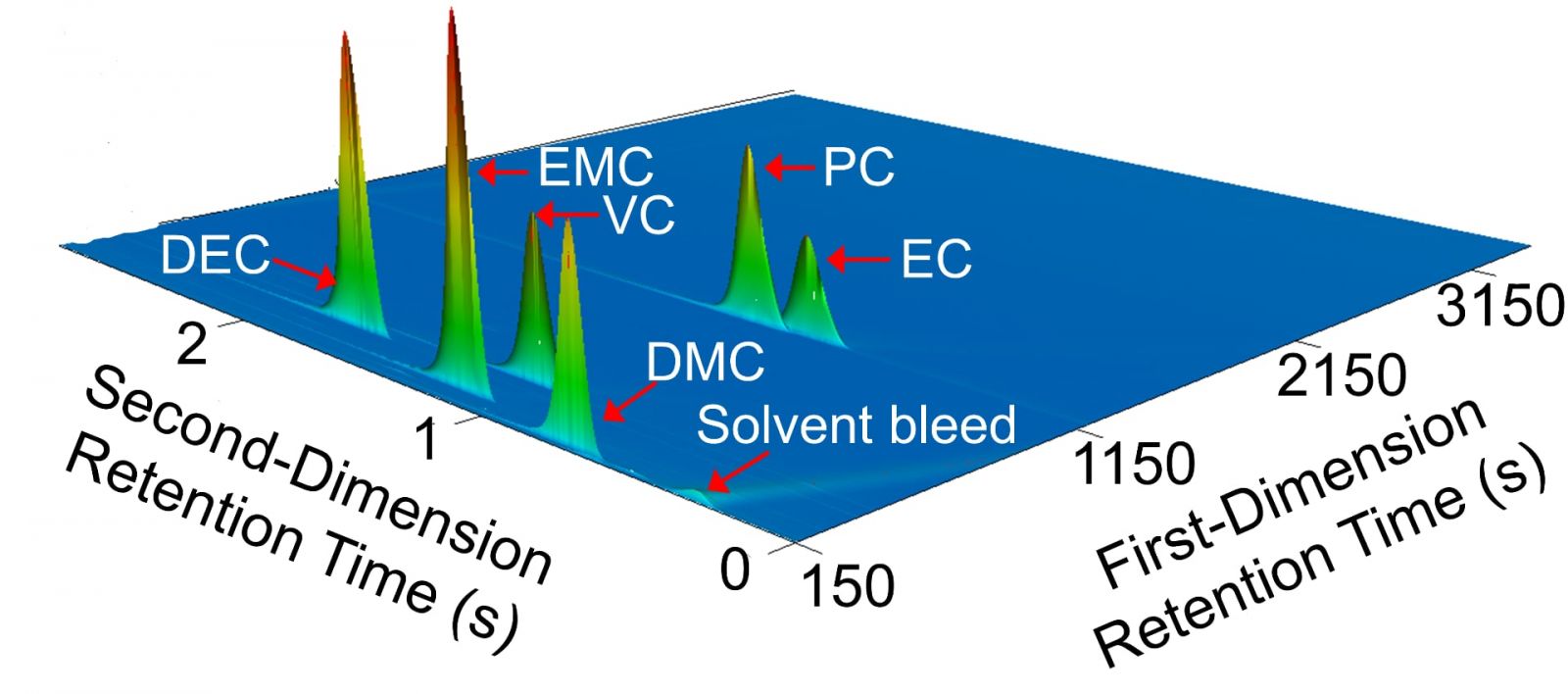
Identify the parts of the energy diagrams
18.4: Potential Energy Diagrams - Chemistry LibreTexts Potential Energy Diagrams The energy changes that occur during a chemical reaction can be shown in a diagram called a potential energy diagram, or sometimes called a reaction progress curve. A potential energy diagramshows the change in potential energy of a system as reactants are converted into products. 12.7 Catalysis | Chemistry - Lumen Learning Example 1: Using Reaction Diagrams to Compare Catalyzed Reactions. The two reaction diagrams below represent the same reaction: one without a catalyst and one with a catalyst. Identify which diagram suggests the presence of a catalyst, and determine the activation energy for the catalyzed reaction: Solved Identify the energy associated with each of the - Chegg Identify the energy associated with each of the labeled parts of the following diagram Progress of Reaction Drag the appropriate labels to their respective targets. Reset Help energy of products Region A Region B Region C Region D heat of reaction activation energy energy of reactants This problem has been solved!
Identify the parts of the energy diagrams. Solved Identify the parts of the energy diagram below: B | Chegg.com Transcribed image text: Identify the parts of the energy diagram below: B Energy A C Reaction Progress Activation Energy (E₂): [Select] Heat of the Reaction (AHrxn): [Select ] Use the diagram to answer the questions: Is the value of AHrxn positive or negative? [Select ] Is this reaction endothermic or exothermic? Labeling an Energy Diagram Diagram | Quizlet Starting ingredients for Forward reaction. Forward Activation Energy (Ea) Energy required to break the bonds between atoms for the FORWARD reaction. Enthalpy (∆H) Heat of reaction; PE products - PE reactants. Activation Complex. Point of reaction in which all bonds between atoms are broken and atoms are free to recombine. Activation Complex ... Identify the four parts of the potential energy diagram. Identify the four parts of the potential energy diagram. 2 See answers Advertisement Alleei Answer : The potential energy diagram is shown below. Explanation : Activation energy : The energy required to initiate the reaction is known as activation energy. Or, it is the amount of energy required to reach the transition state. 6.14: Energy Diagrams - Chemistry LibreTexts In an energy diagram, the vertical axis represents the overall energy of the reactants, while the horizontal axis is the ' reaction coordinate ', tracing from left to right the progress of the reaction from starting compounds to final products. The energy diagram for a typical one-step reaction might look like this:
Energy Diagram — Overview & Parts - Expii Energy diagrams show the amount of relative potential energy in each step of a reaction. Energy diagrams typically include: the reactants, transition states, and products. Depending on the reaction, it can also include intermediates and activation energy. Energy diagrams are also referred to as reaction coordinate diagrams! Interpreting a Reaction Energy Diagram | Chemistry | Study.com Step 1: Label the reactants and the products and determine their energies Step 2: Identify the activation barrier and its activation energy Step 3: Determine the enthalpy of the reaction... 3.7: Energy Diagrams - Physics LibreTexts First of all, it should be noted that we will be confining ourselves to energy diagrams for 1-dimensional motion. This dimension will be represented by the horizontal axis, and the vertical axis will have units of energy. Secondly, the physical systems represented by energy diagrams will involve only one (conservative) force acting on an object. Identify the parts of the energy diagrams. energy released - Brainly.com Answer: Energy release is exothermic reaction whiles energy absorb is endothermic reaction Explanation: Exothermic reaction is when the reactant is above the product while endothermic the product is below the reactant in the diagrams we have some part as activation energy Advertisement New questions in Chemistry Photo image please help science.
Potential Energy Diagrams - Chemistry - Catalyst, Endothermic ... Jul 14, 2016 ... This chemistry video tutorial focuses on potential energy diagrams for endothermic and exothermic reactions. It also shows the effect of a ... How to Interpret Energy Diagrams in Physics - dummies An energy diagram shows how the potential energy of an object depends on position and tells you all kinds of things about the motion of the object. The potential energy curve shows how much potential energy the boulder has at each position. The boulder has more gravitational potential energy higher up the hill, so the curve also shows the shape ... Energy Level Diagram - Different Energy Shells Around the Nucleus - BYJUS Below is a blank energy level diagram which helps you depict electrons for any specific atom. At energy level 2, there are both s and p orbitals. The 2s has lower energy when compared to 2p. The three dashes in 2p subshells represent the same energy. 4s has lower energy when compared to 3d. Therefore, the order of energy levels is as follows: Energy transfers - Changes in energy - Edexcel - BBC Bitesize Energy transfers Diagrams can be used to show how energy is transferred from one store to another. Two examples are the transfer diagram and the Sankey diagram. Transfer diagrams In...
Endothermic vs. exothermic reactions (article) | Khan Academy An energy diagram can be defined as a diagram showing the relative potential energies of reactants, transition states, and products as a reaction progresses with time. One can calculate the E a c t E_{act} E a c t E, start subscript, a, c, t, end subscript and Δ H ΔH Δ H Δ, H for any reaction from its energy diagram.
Energy Diagrams - YouTube Sep 3, 2010 ... Key moments. View all · Energy Diagrams · Energy Diagrams · Energy Diagrams · Energy Diagram · Energy Diagram · Energy Diagram · Activated Activation ...
Identify the parts of the energy diagrams - Brainly.com Identify the parts of the energy diagrams 2 See answers Advertisement BarrettArcher Answer : Graph 1 is an endothermic reaction and Graph 2 is an exothermic reaction. The labeling of both the graphs are shown below. Explanation : Endothermic reaction : In this reaction, the energy is absorbed from the surrounding.
What are PV diagrams? (article) | Khan Academy A convenient way to visualize these changes in the pressure and volume is by using a Pressure Volume diagram or PV diagram for short. Each point on a PV diagram corresponds to a different state of the gas. The pressure is given on the vertical axis and the volume is given on the horizontal axis, as seen below.
8.4 Potential Energy Diagrams and Stability The mechanical energy of the object is conserved, E= K+ U, E = K + U, and the potential energy, with respect to zero at ground level, is U (y) = mgy, U ( y) = m g y, which is a straight line through the origin with slope mg m g. In the graph shown in Figure, the x -axis is the height above the ground y and the y -axis is the object's energy.
18.3 Potential Energy Diagrams - CK-12 Feb 23, 2012 ... draw and label the parts of a potential energy diagram. Vocabulary. endothermic reaction; exothermic reaction; internal energy; potential energy ...
Energy Diagrams: Definition, Examples, Draw | StudySmarter Total Energy Diagrams -We have an intro to energy and the basic components of energy diagrams. · Energy Level Diagram - We apply the energy concept to chemistry.
Phase Diagrams - Chemistry LibreTexts Identify and describe the parts of a phase diagram; ... This is the high-temperature, high-pressure part of the diagram. Because the temperature is high, the molecules have lots of kinetic energy, so a liquid form isn't really stable because the intermolecular forces aren't strong enough to hold such energetic molecules together. ...
Anatomy of an Electromagnetic Wave | Science Mission Directorate - NASA An electron volt is the amount of kinetic energy needed to move an electron through one volt potential. Moving along the spectrum from long to short wavelengths, energy increases as the wavelength shortens. Consider a jump rope with its ends being pulled up and down. More energy is needed to make the rope have more waves.
Energy Diagrams of Reactions | Fiveable In an energy diagram, the vertical axis represents the energy, and the horizontal axis represents the progress of the reaction or phase change. The energy diagram for an endothermic process will have an upward slope, indicating that energy is being absorbed by the system as the reaction or phase change proceeds.
⚗️Drag each label to the correct location on the image. Each label can ... Explanation: The first diagram (by the left) is an endothermic reaction. In this reaction, the products are higher in energy than the reactants. Heat/Energy is absorbed in this reaction and enthalpy is positive. In second diagram (by the right) is an exothermic reaction. In this reaction, the reactants are higher in energy than the products.
Energy Pyramid Concept & Examples | What is an Energy Pyramid ... An energy pyramid diagram is shaped like a triangle and divided into different horizontal sections. The largest section is at the bottom of the pyramid because it contains the most...
Potential Energy Diagrams A potential energy diagram plots the change in potential energy that occurs during a chemical reaction. This first video takes you through all the basic parts of the PE diagram. Sometimes a teacher finds it necessary to ask questions about PE diagrams that involve actual Potential Energy values.
6.7: Energy Diagrams - Chemistry LibreTexts In an energy diagram, the vertical axis represents the overall energy of the reactants, while the horizontal axis is the ' reaction coordinate ', tracing from left to right the progress of the reaction from starting compounds to final products. The energy diagram for a typical one-step reaction might look like this:
Potential Energy Diagrams | Chemistry for Non-Majors | | Course Hero The figure below shows basic potential energy diagrams for an endothermic (A) and an exothermic (B) reaction. Recall that the enthalpy change is positive for an endothermic reaction and negative for an exothermic reaction. This can be seen in the potential energy diagrams. The total potential energy of the system increases for the endothermic ...
Solved Identify the energy associated with each of the - Chegg Identify the energy associated with each of the labeled parts of the following diagram Progress of Reaction Drag the appropriate labels to their respective targets. Reset Help energy of products Region A Region B Region C Region D heat of reaction activation energy energy of reactants This problem has been solved!
12.7 Catalysis | Chemistry - Lumen Learning Example 1: Using Reaction Diagrams to Compare Catalyzed Reactions. The two reaction diagrams below represent the same reaction: one without a catalyst and one with a catalyst. Identify which diagram suggests the presence of a catalyst, and determine the activation energy for the catalyzed reaction:
18.4: Potential Energy Diagrams - Chemistry LibreTexts Potential Energy Diagrams The energy changes that occur during a chemical reaction can be shown in a diagram called a potential energy diagram, or sometimes called a reaction progress curve. A potential energy diagramshows the change in potential energy of a system as reactants are converted into products.
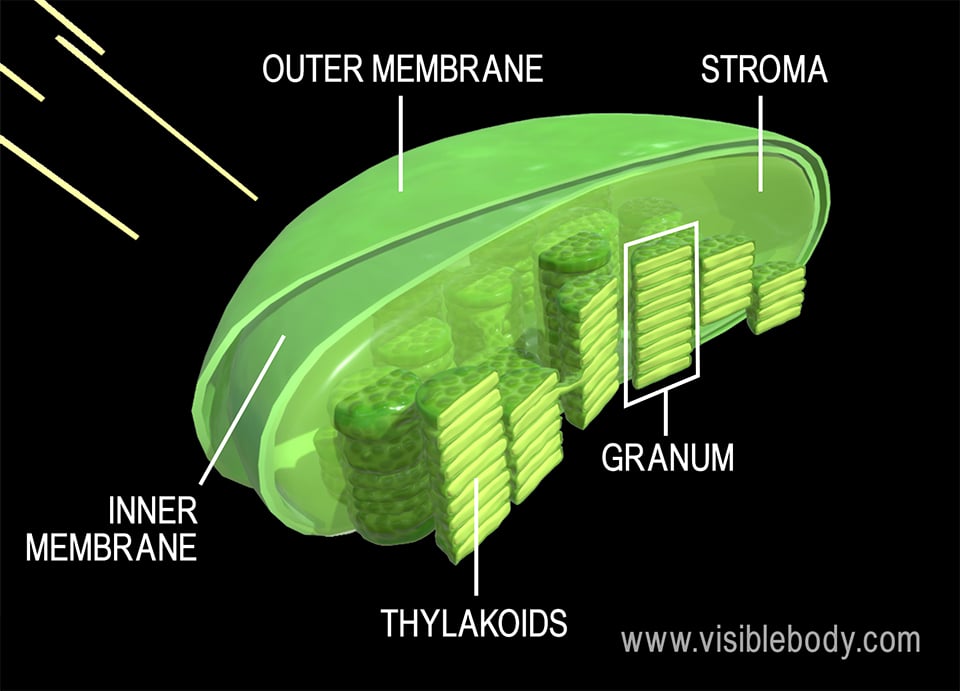


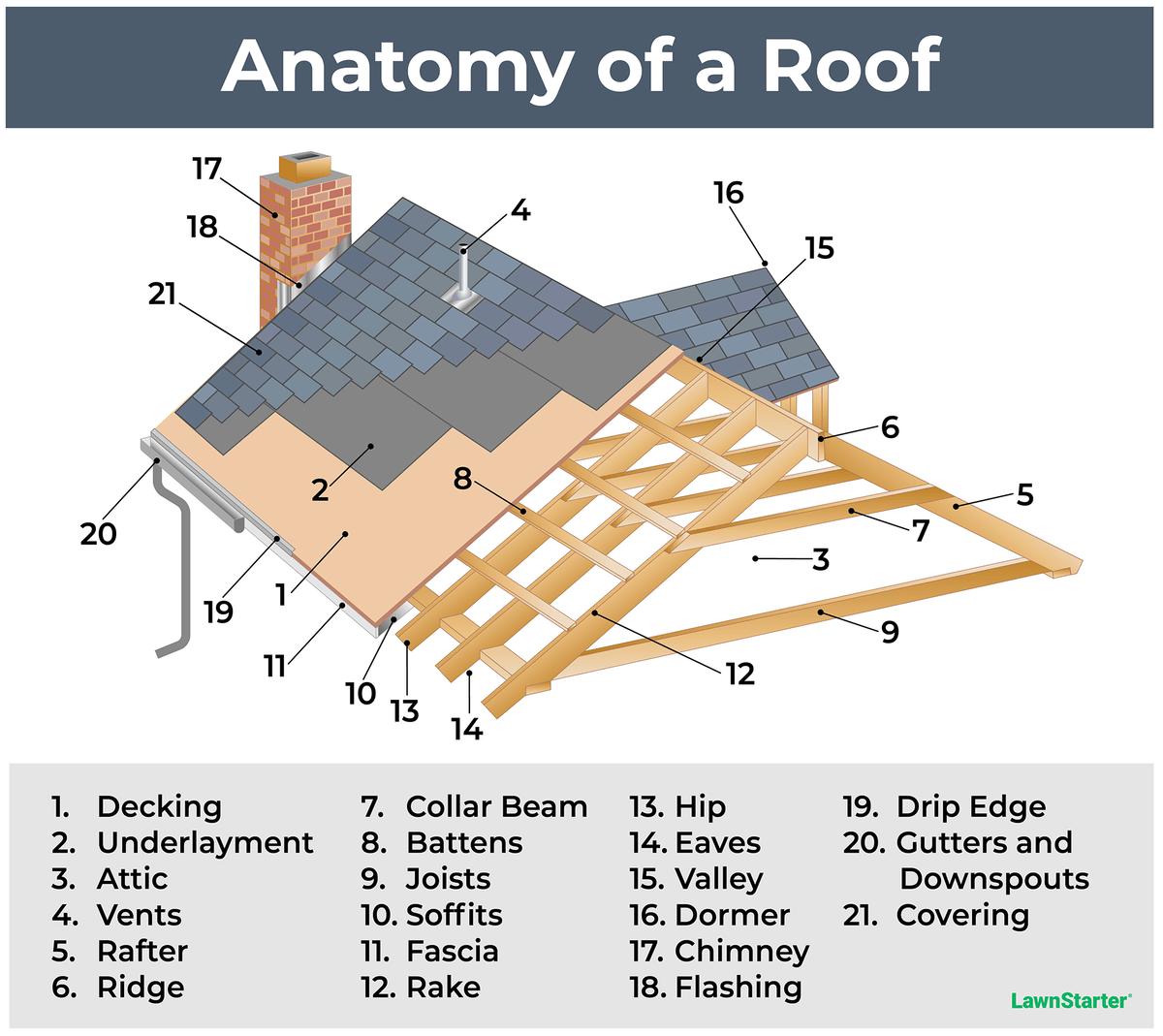
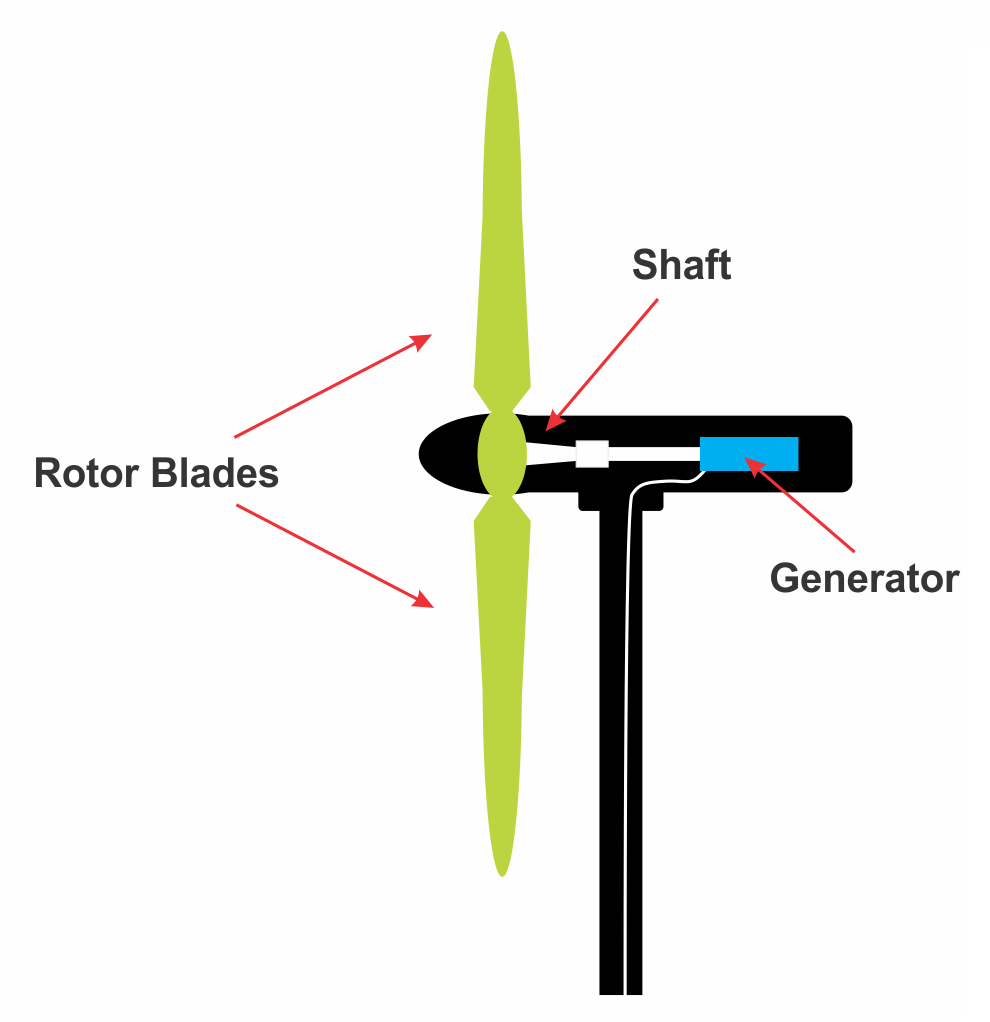

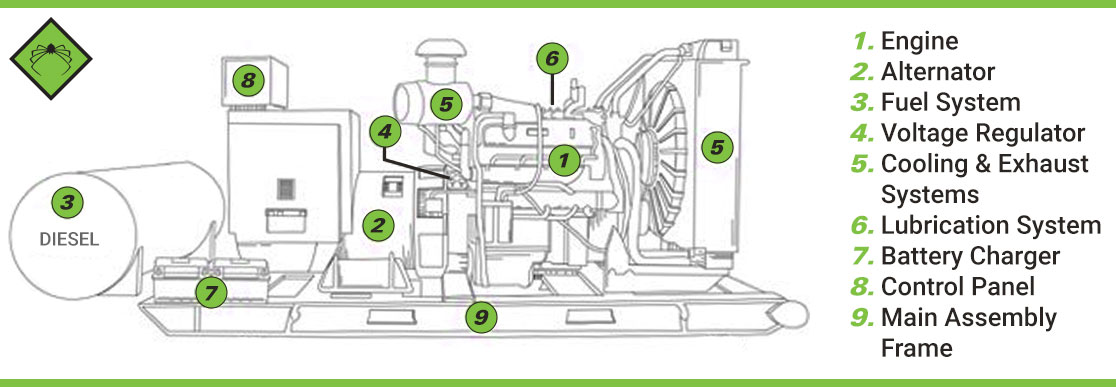











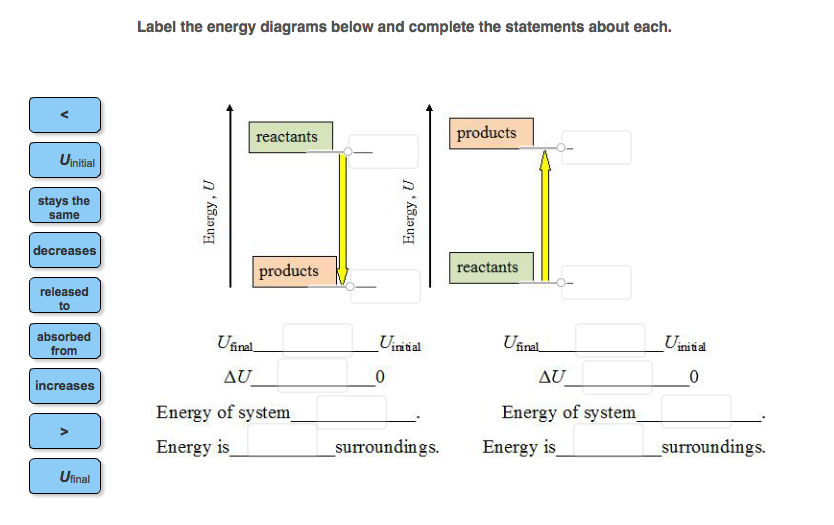

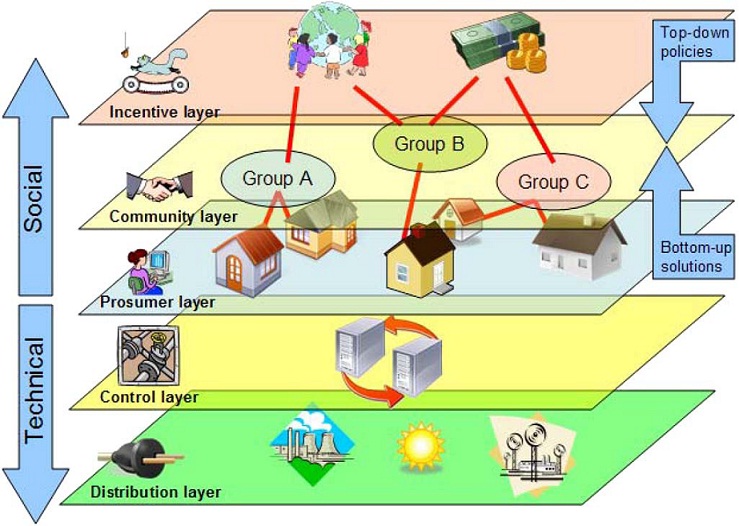
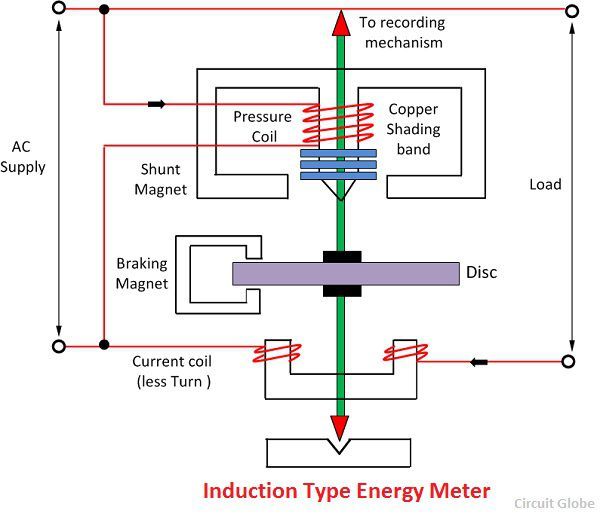
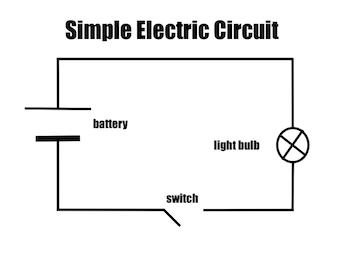
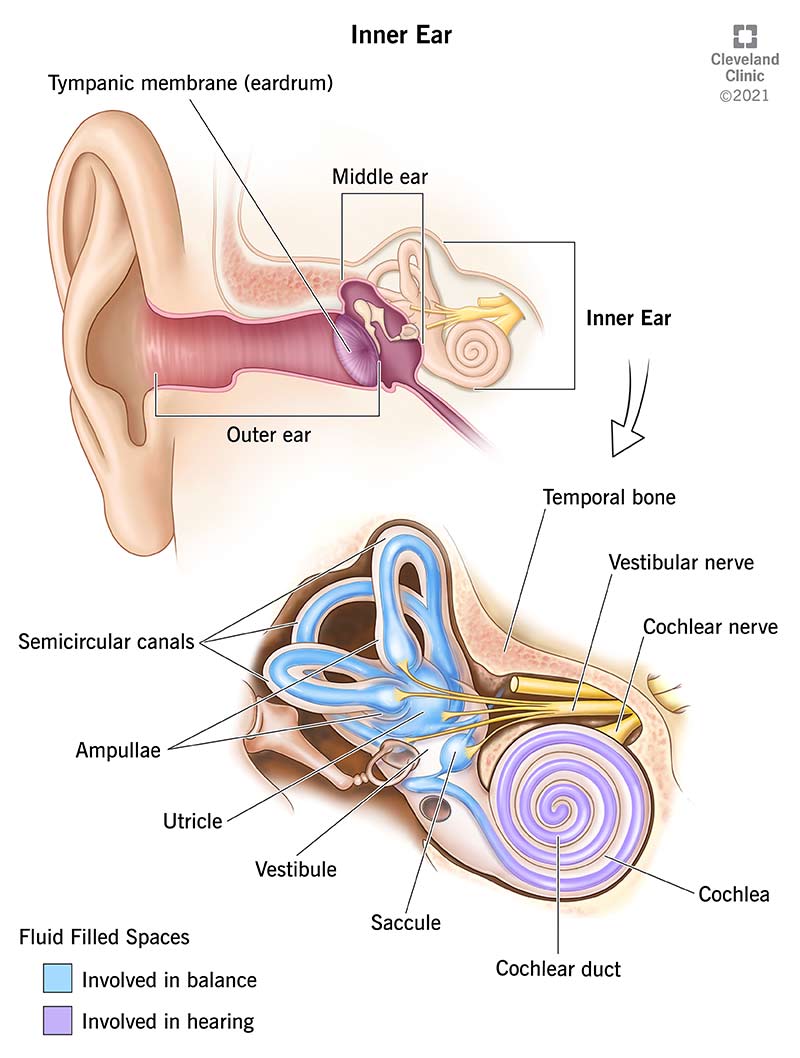
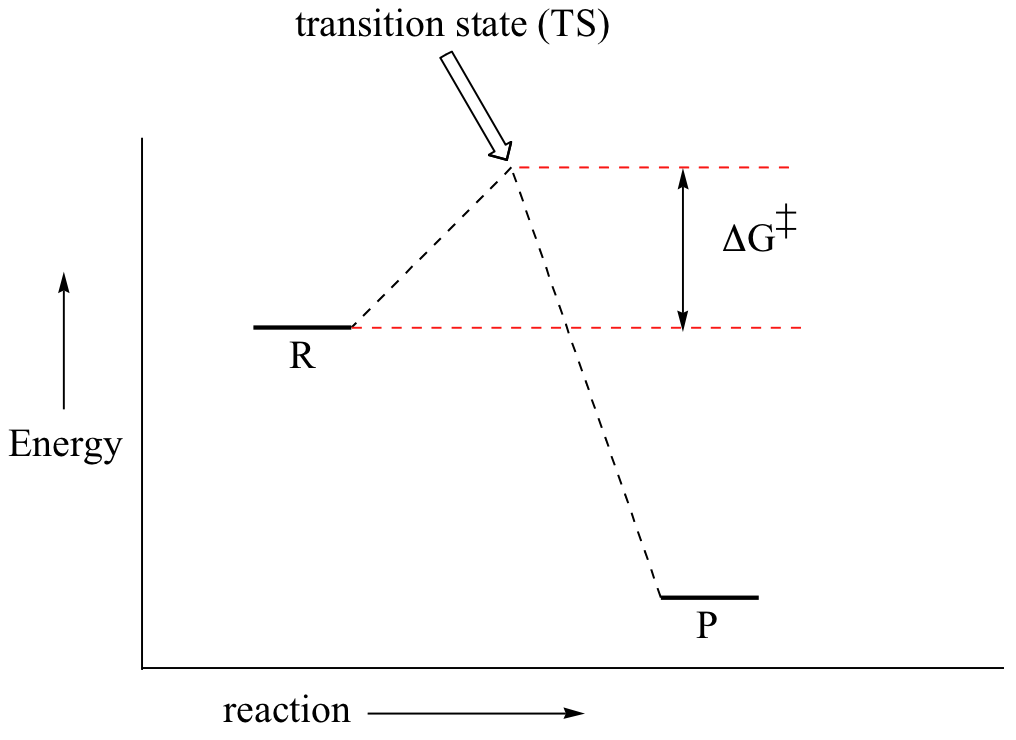

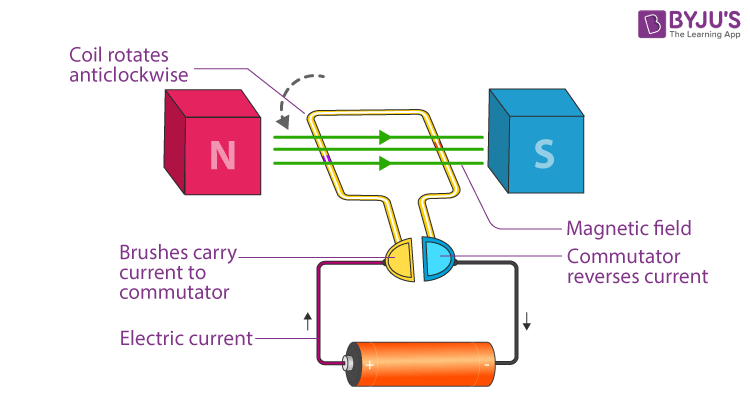
:max_bytes(150000):strip_icc()/inside-electrical-service-panel-load-center-1824663_V1-5527f969fe114ba98f18a9762cb64ab0.png)



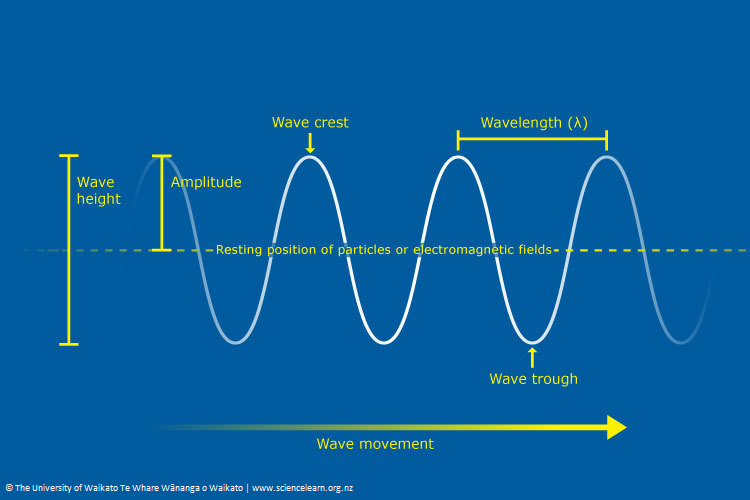
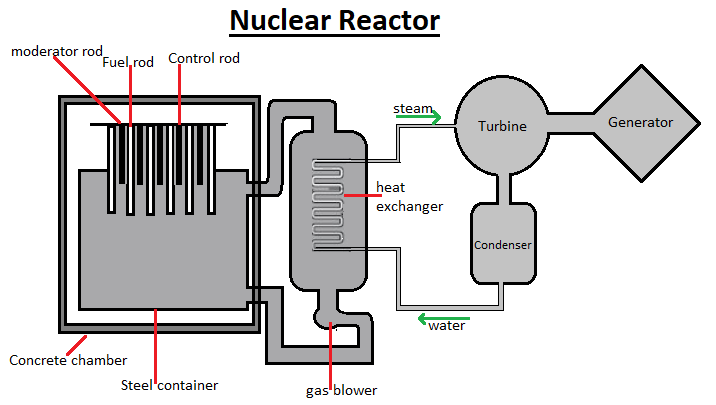







Post a Comment for "45 identify the parts of the energy diagrams"